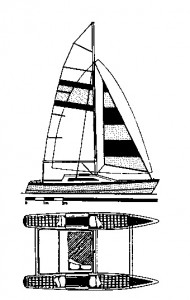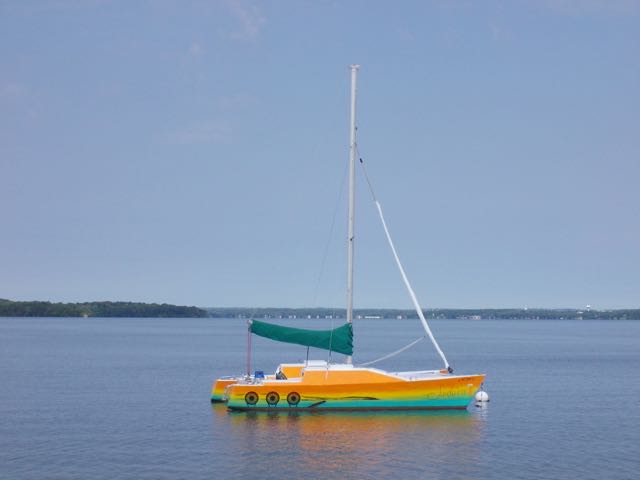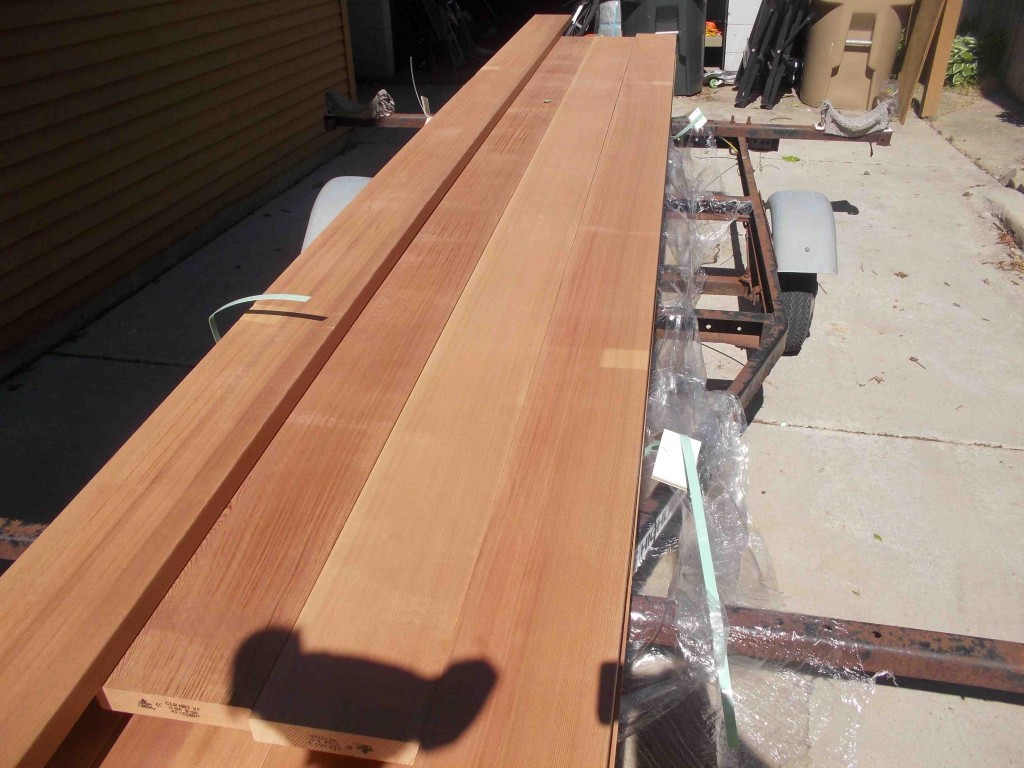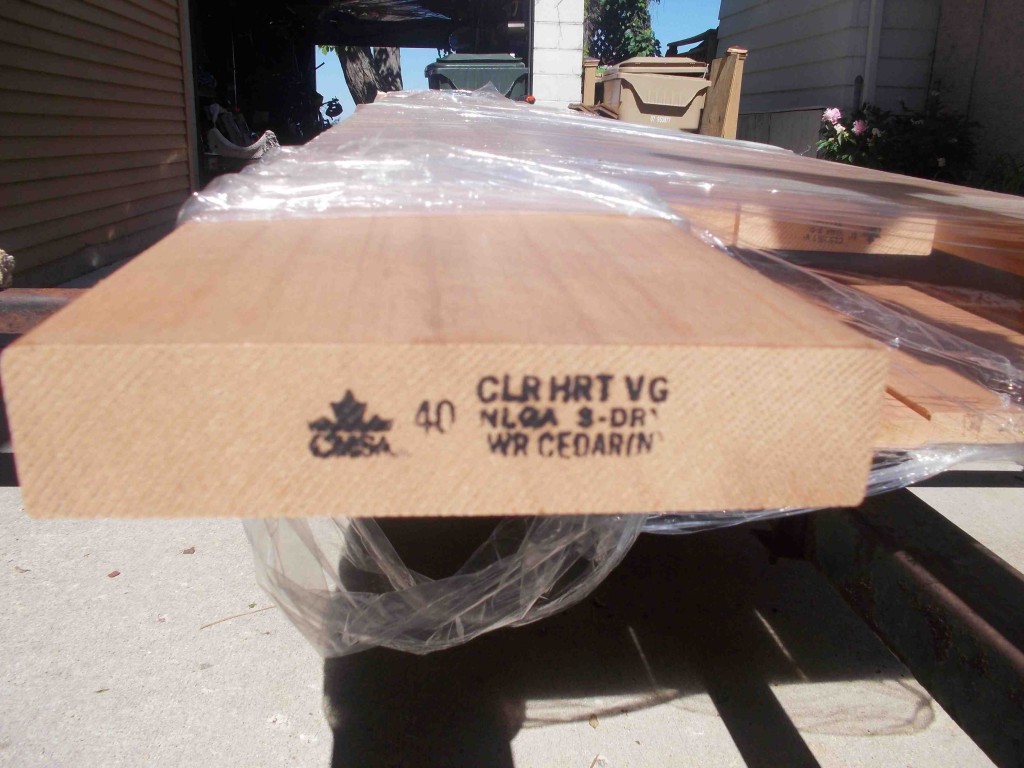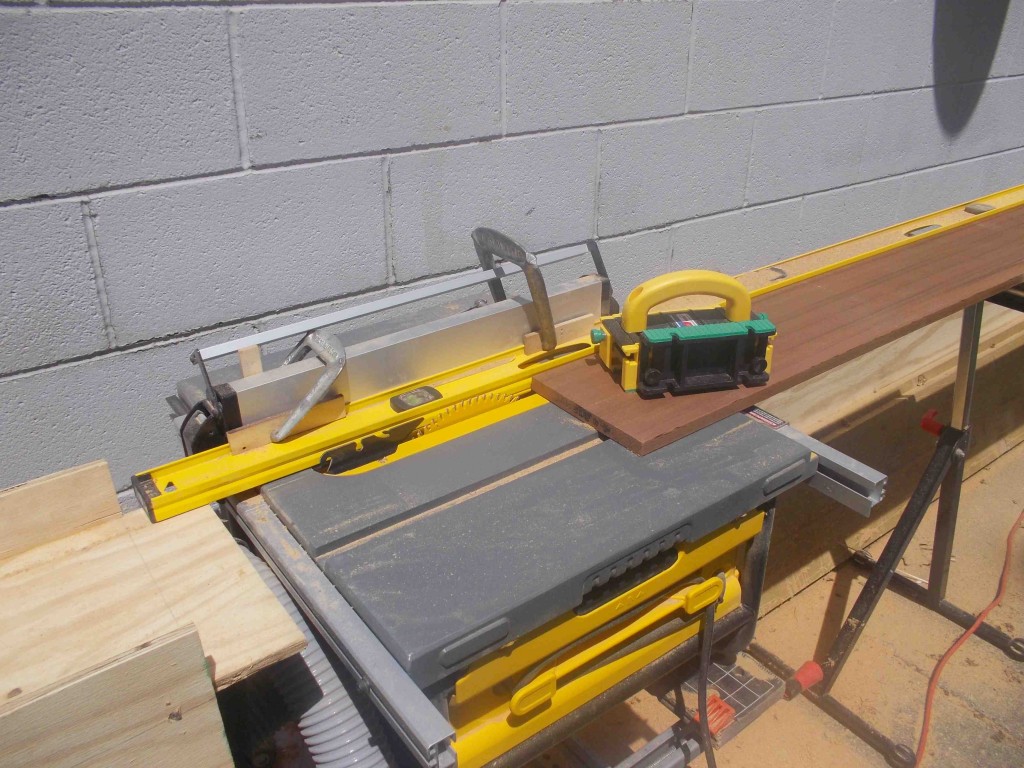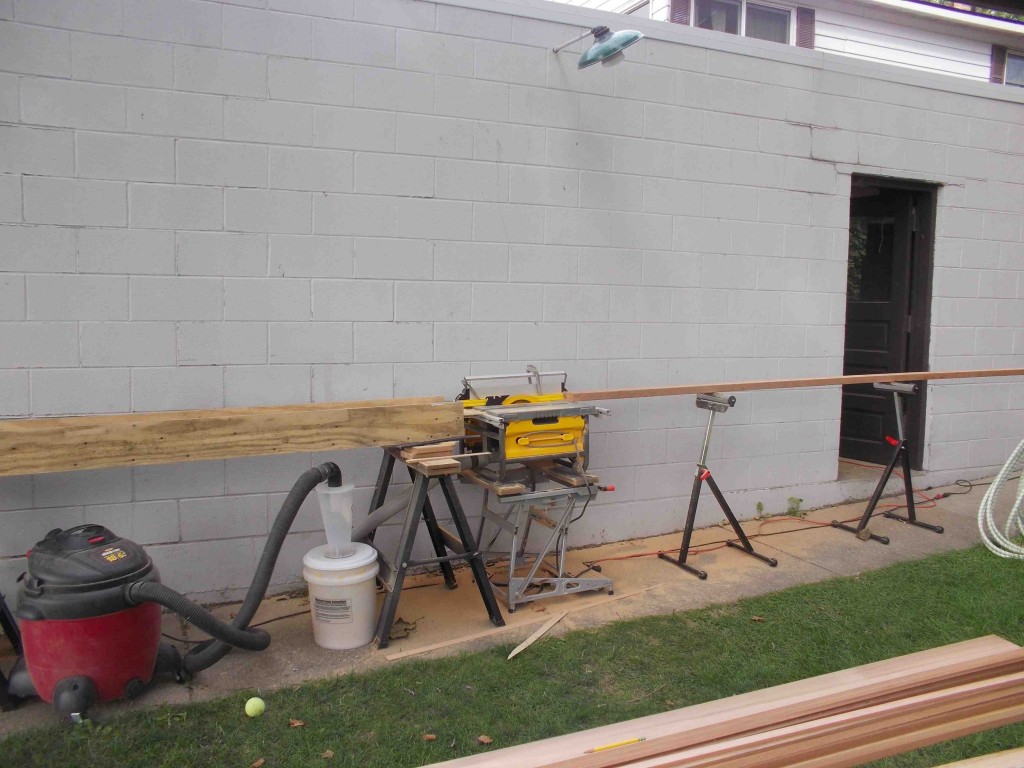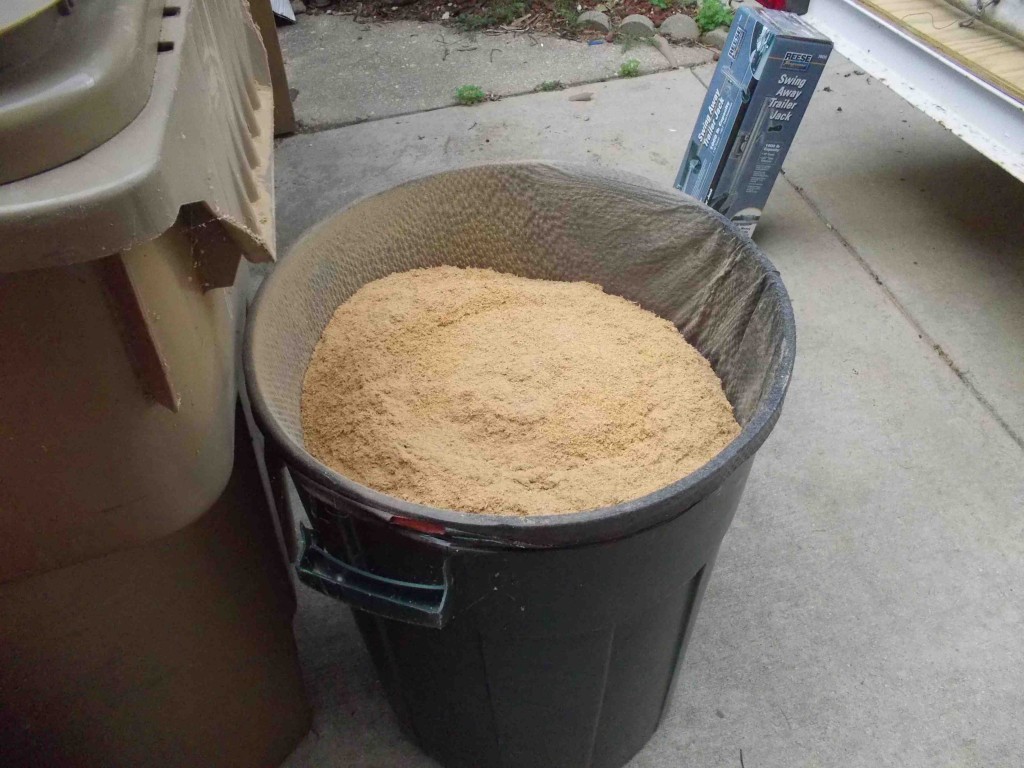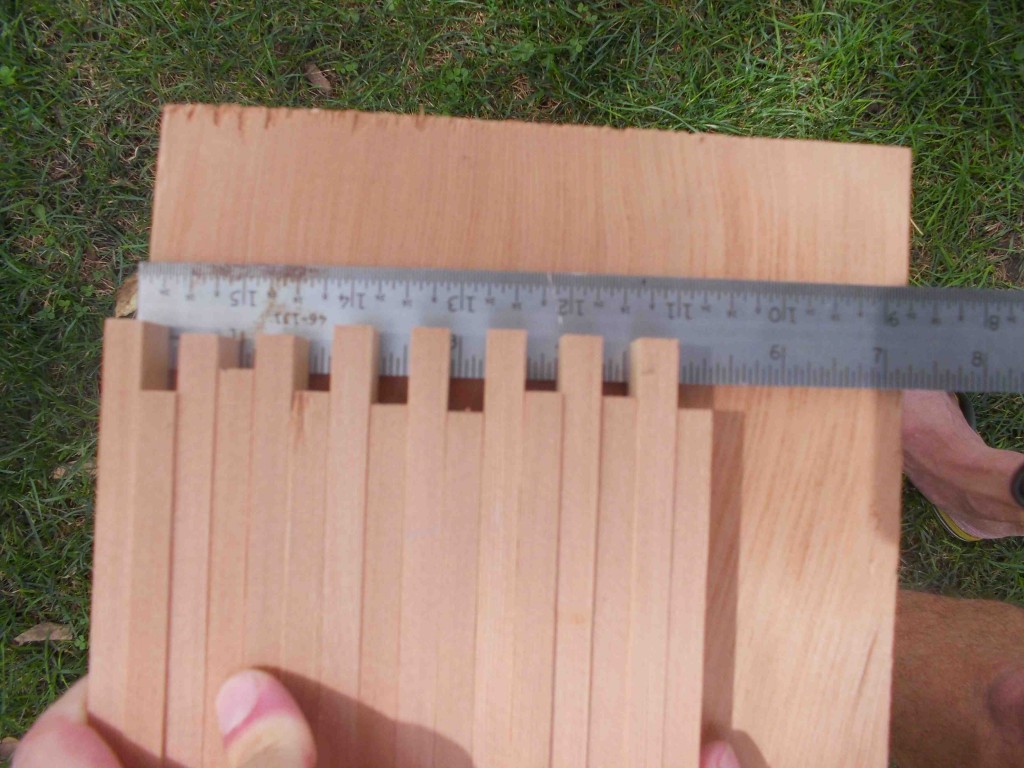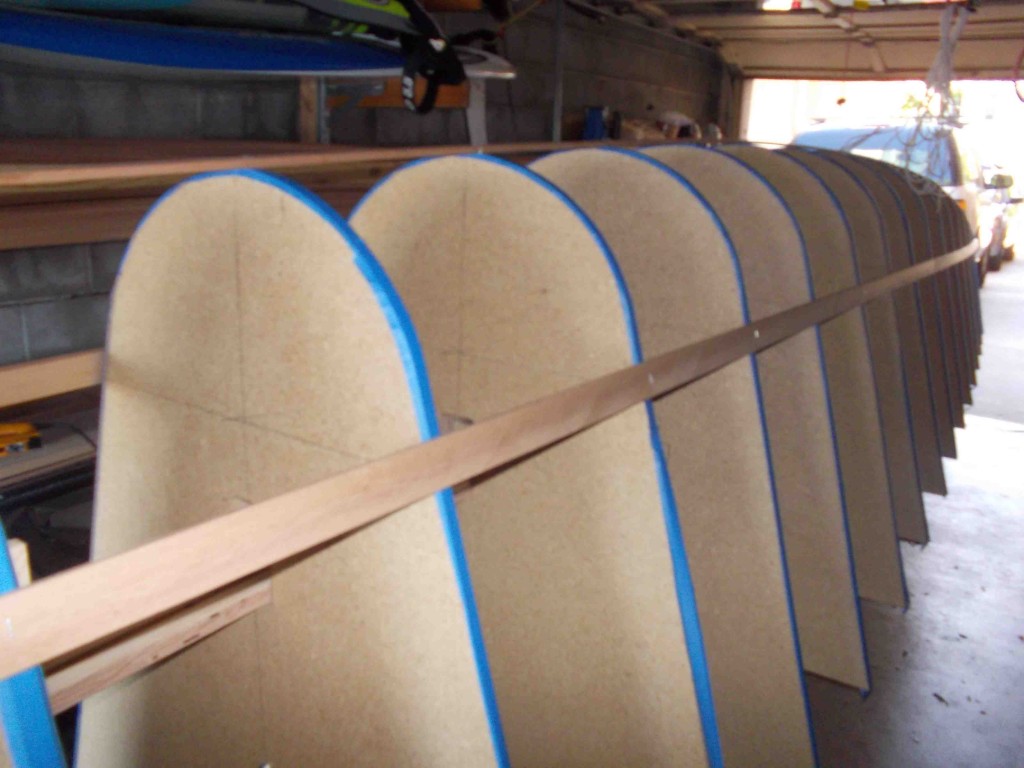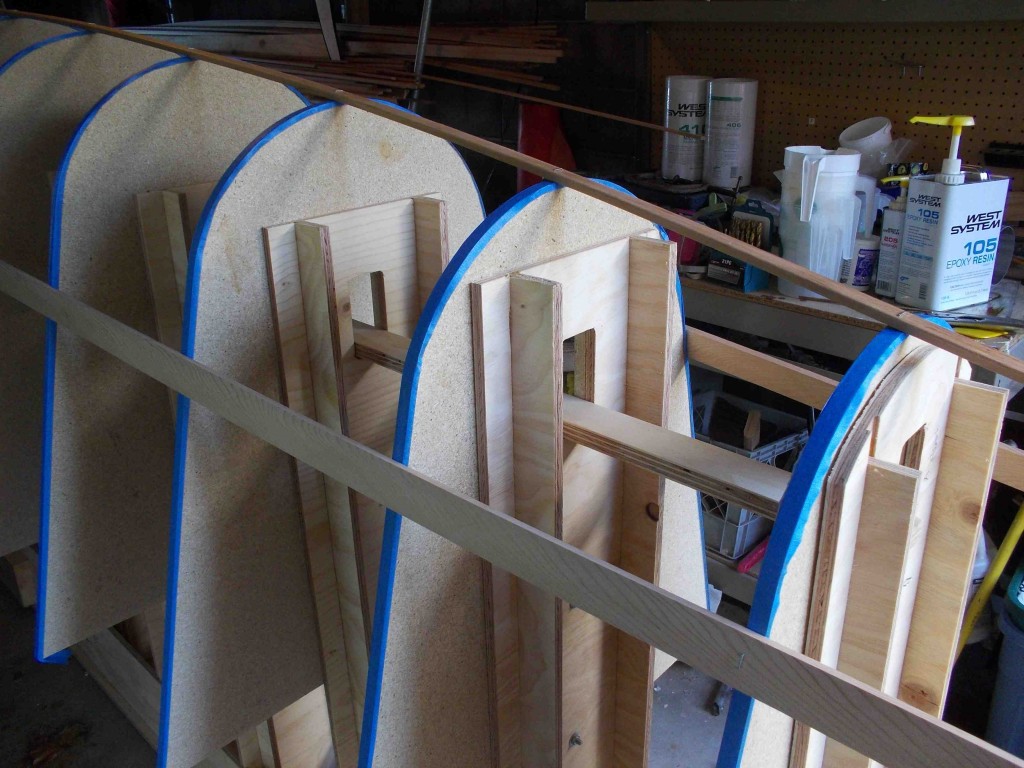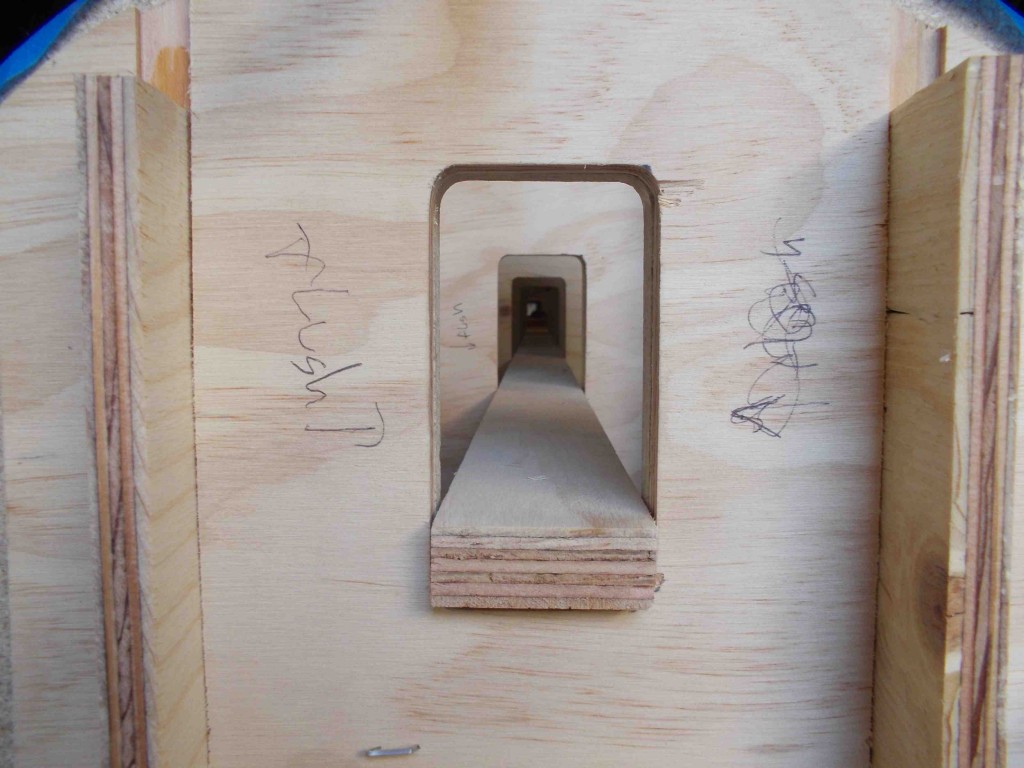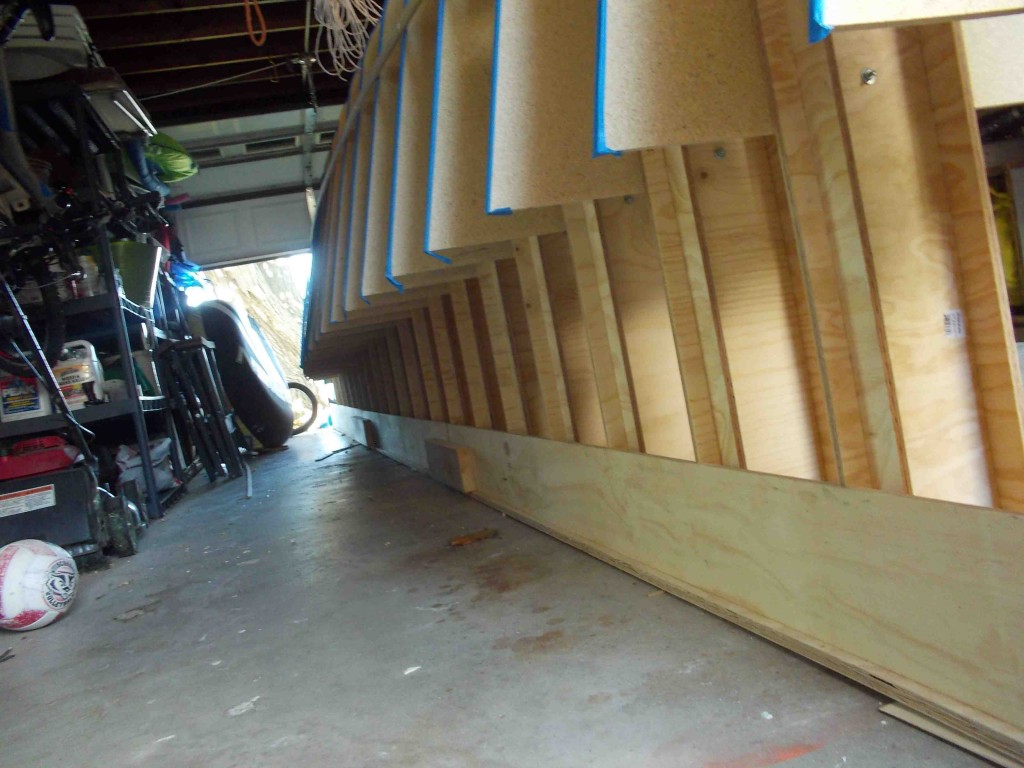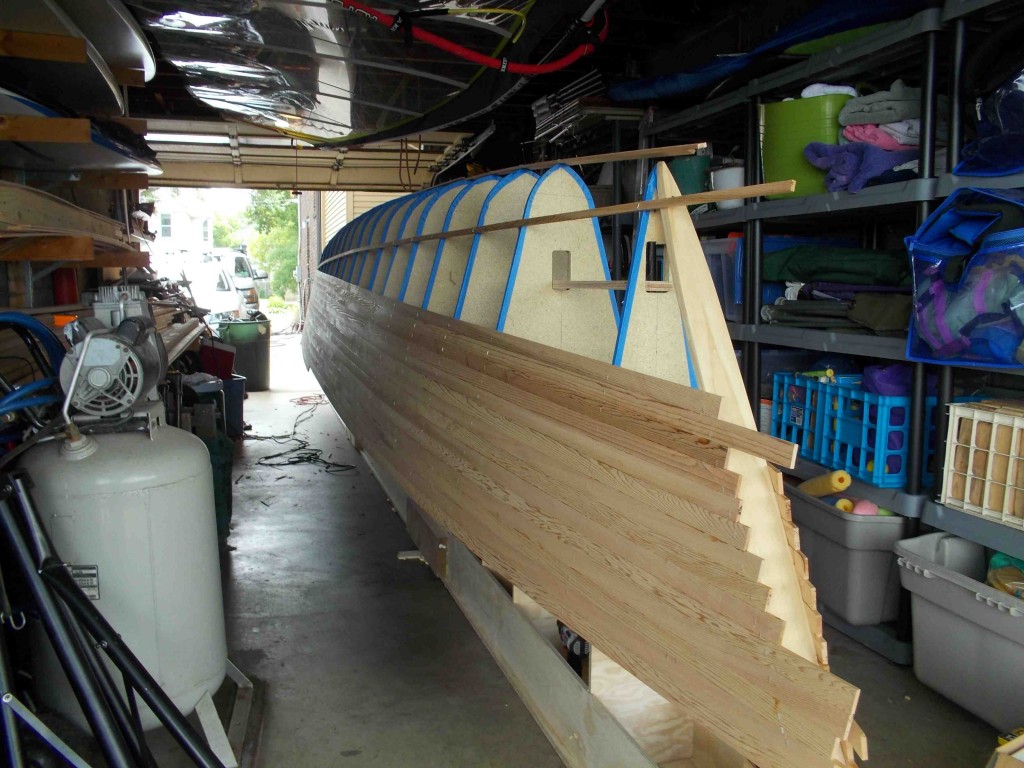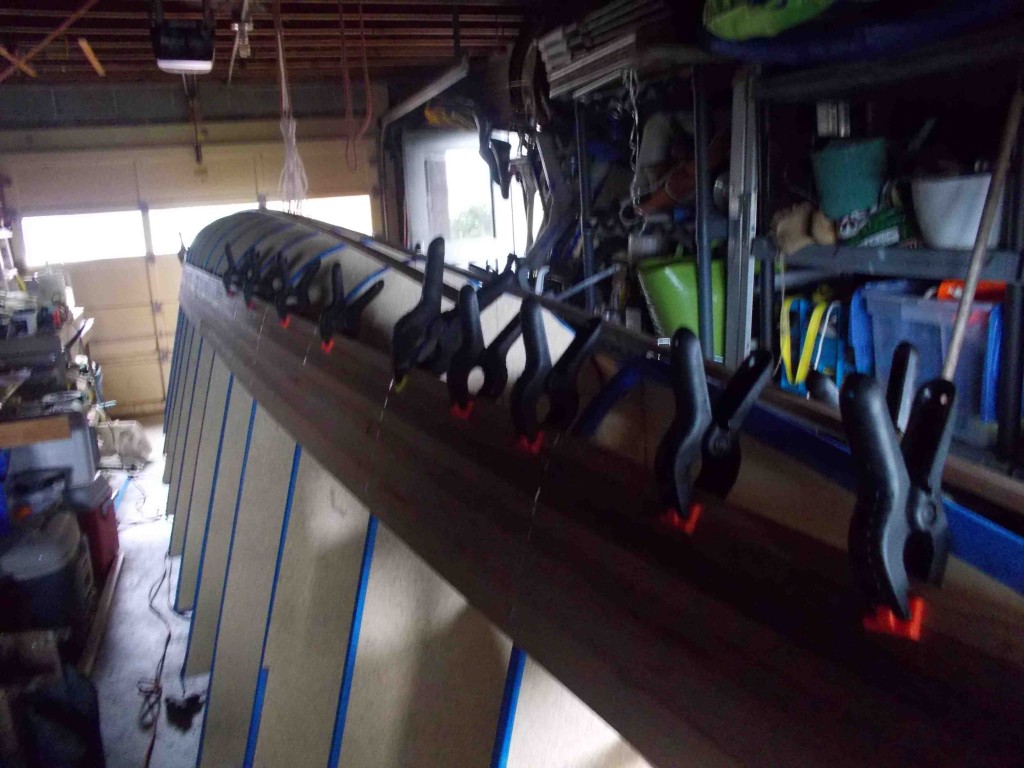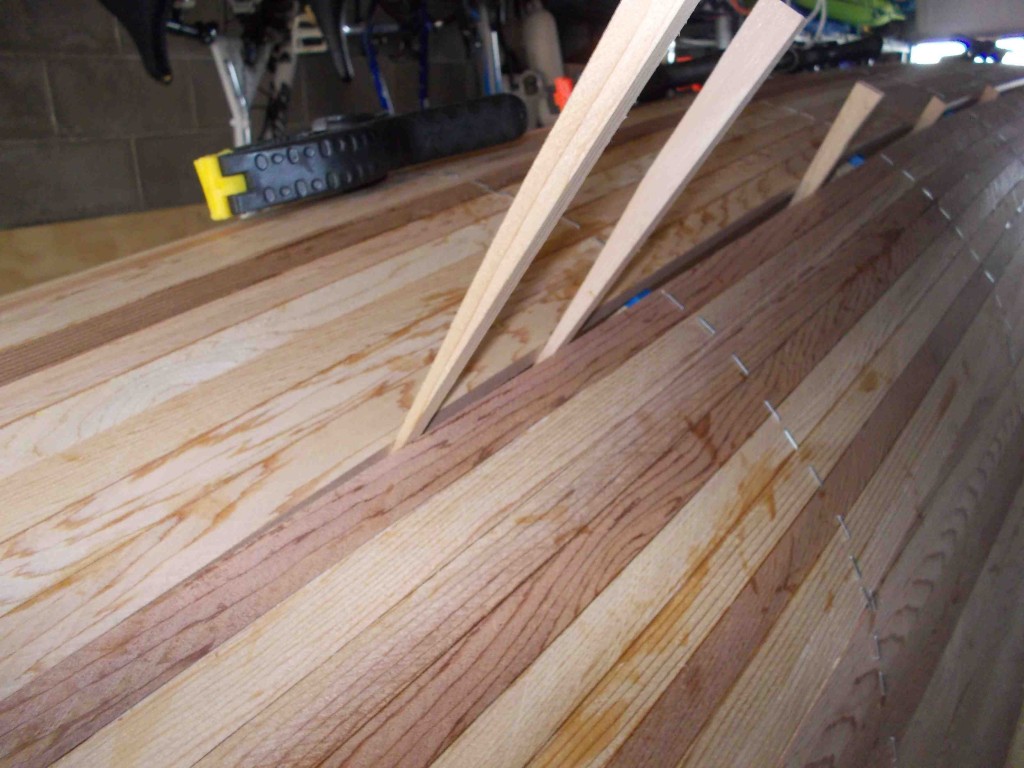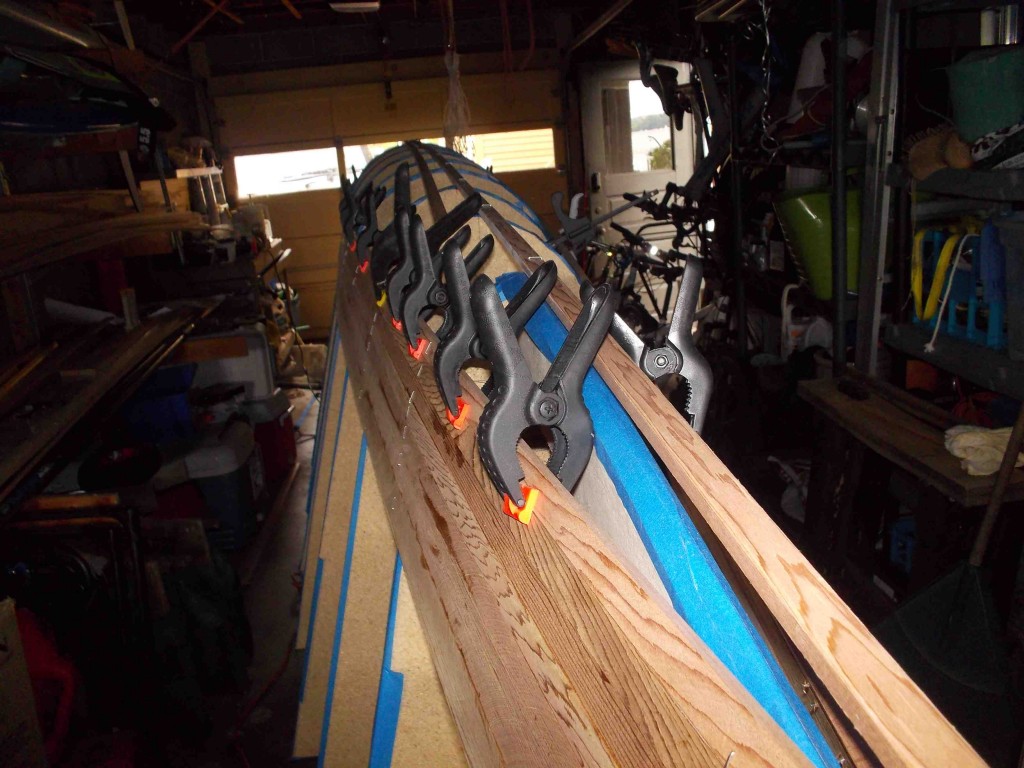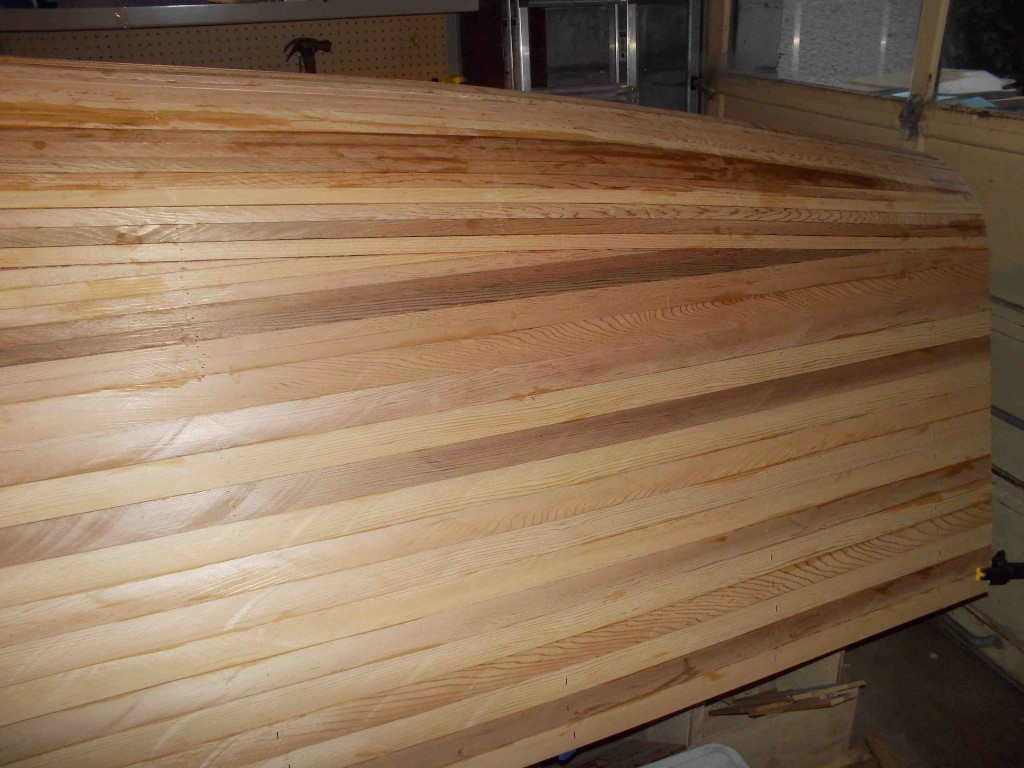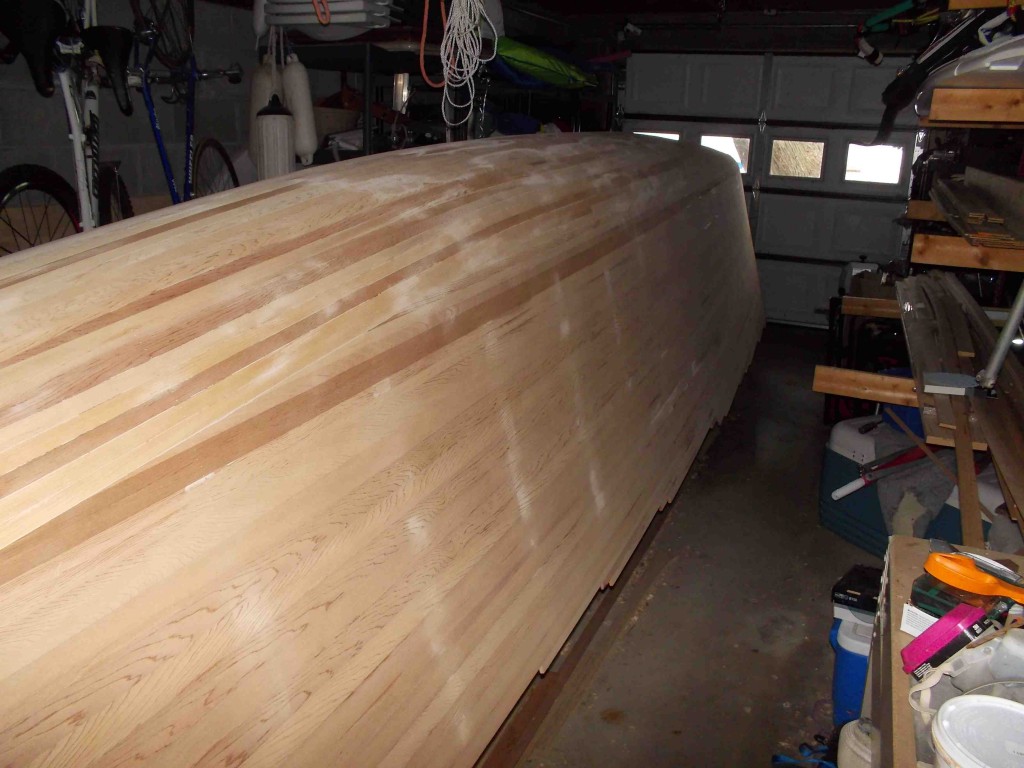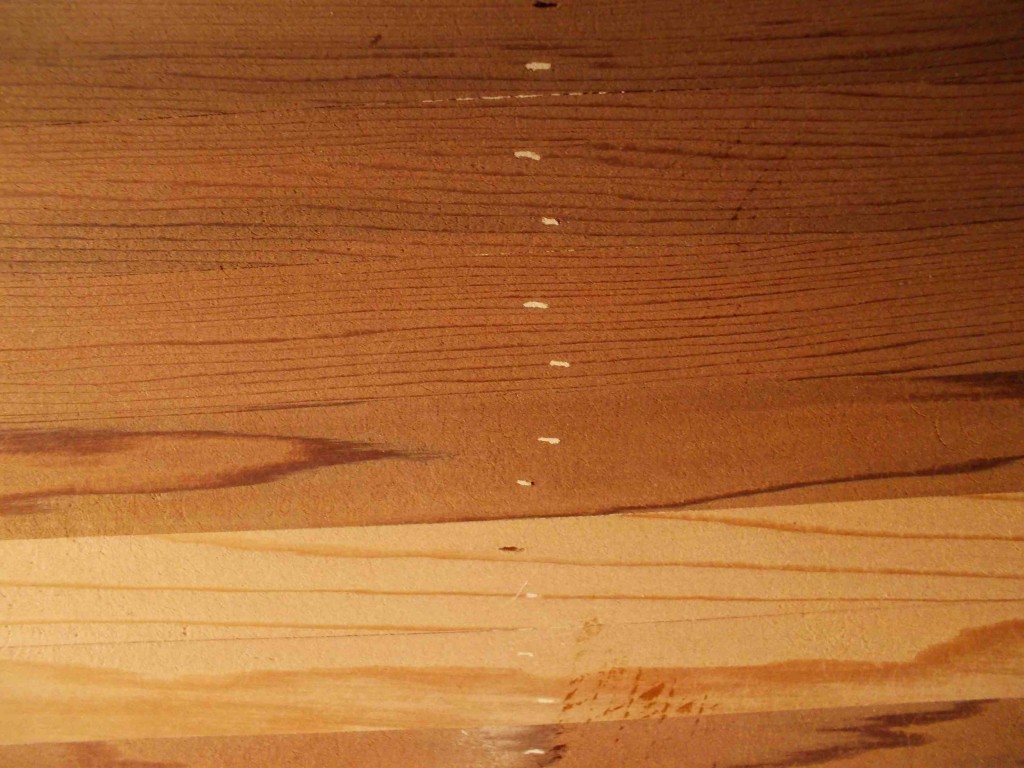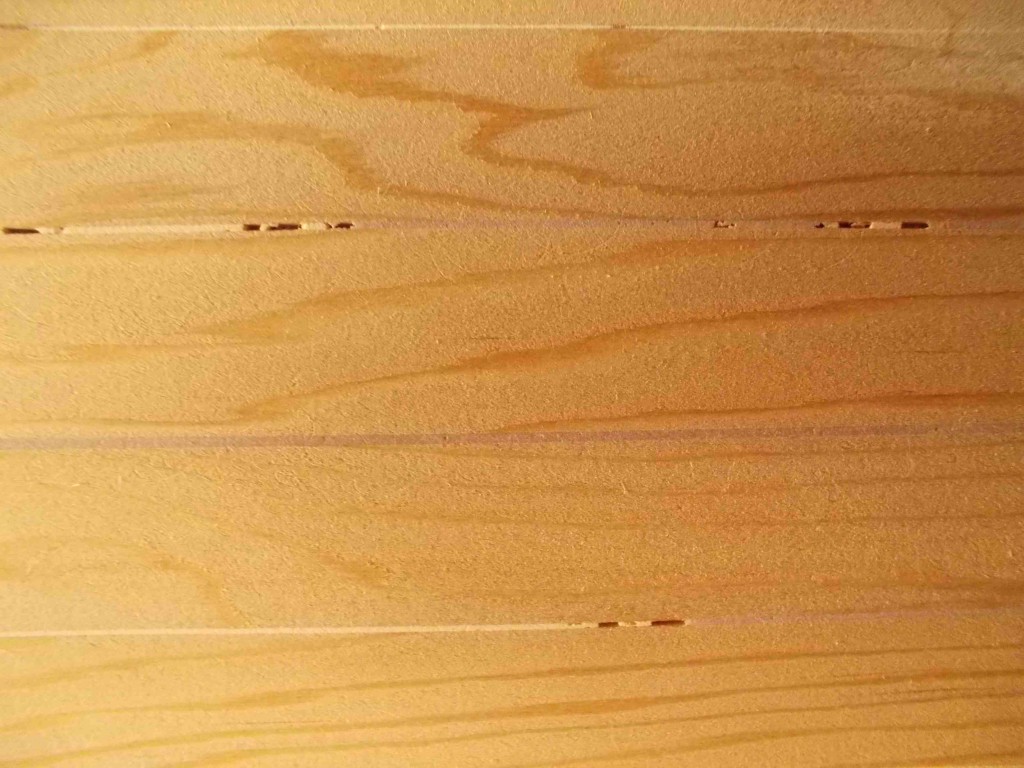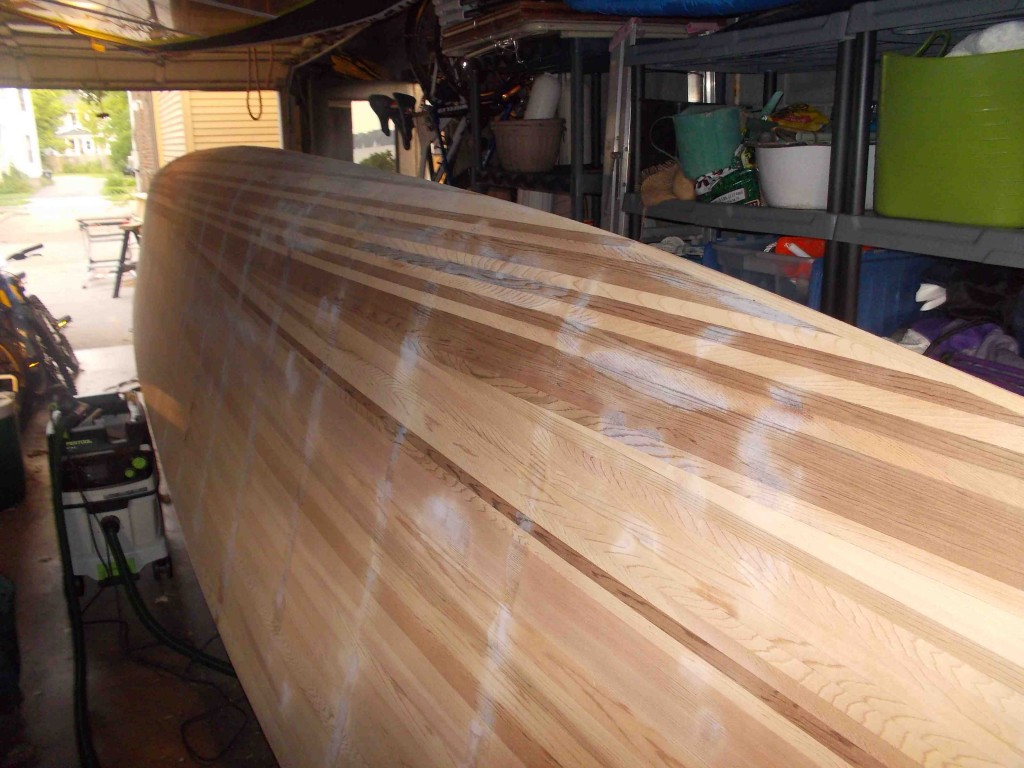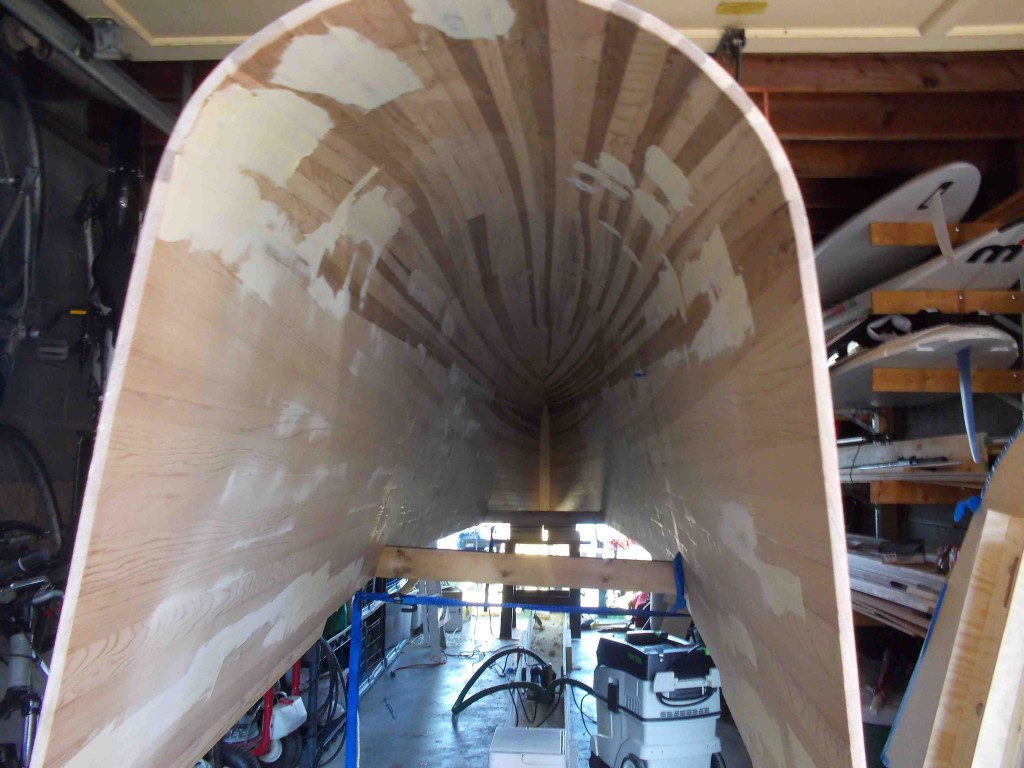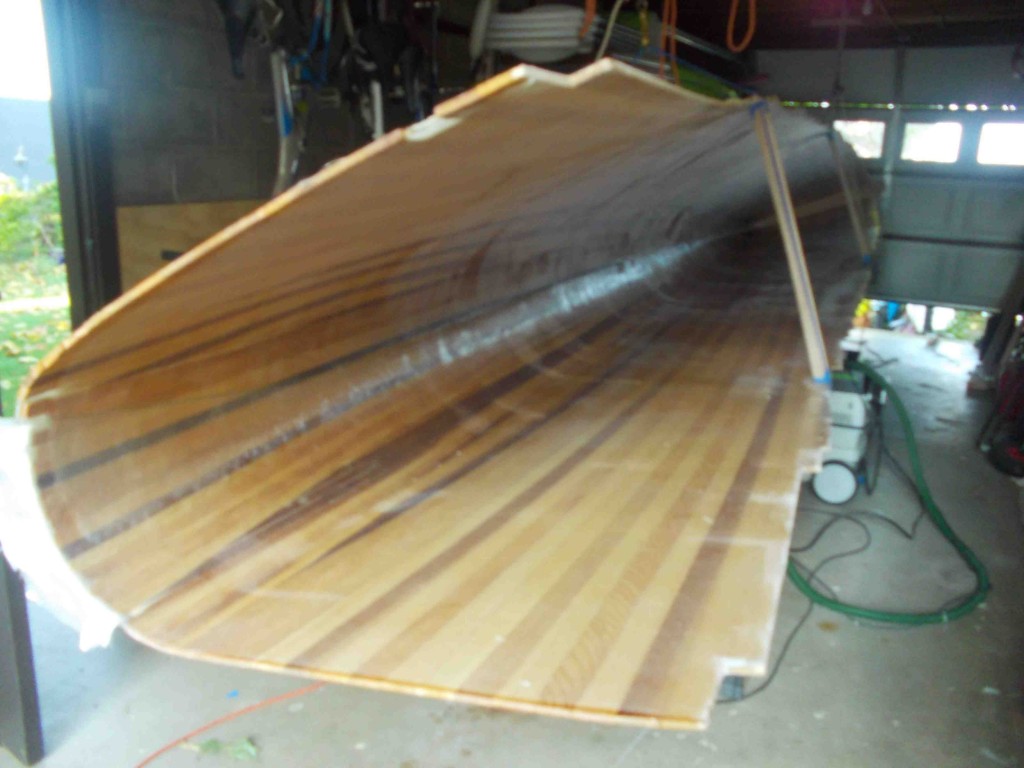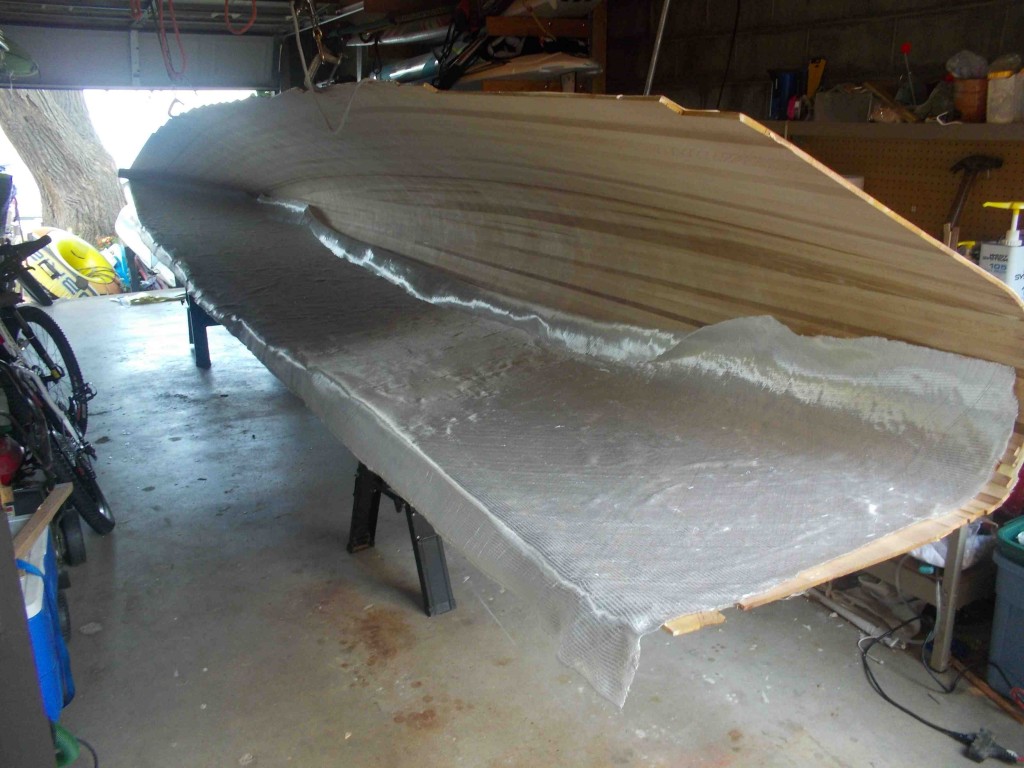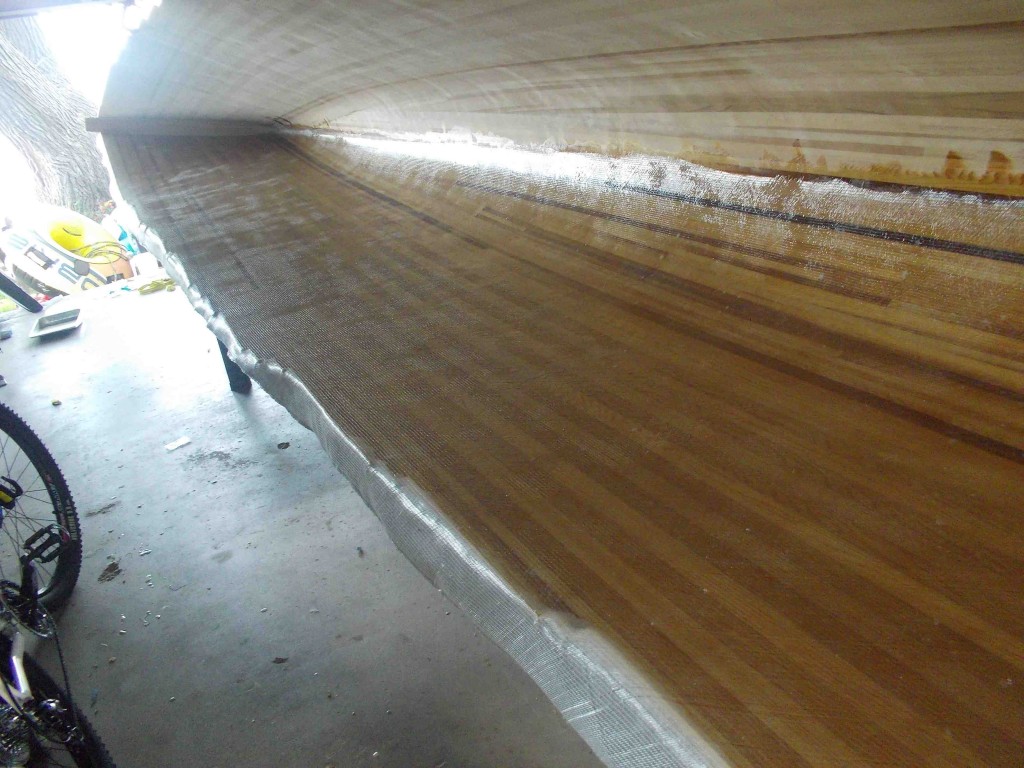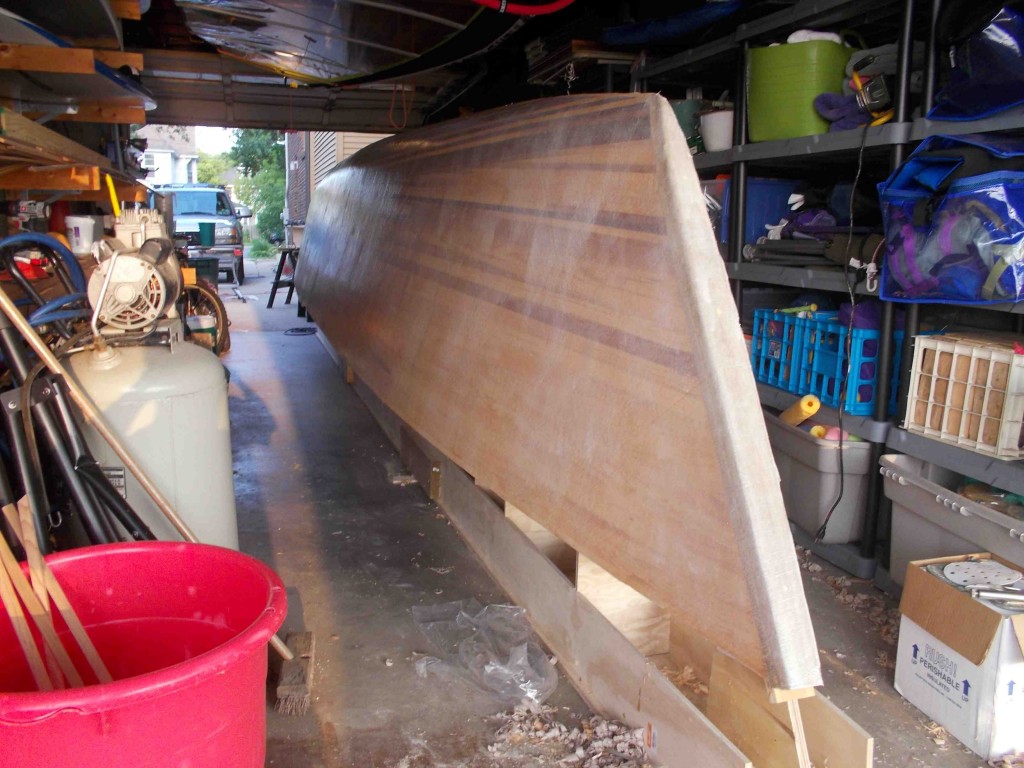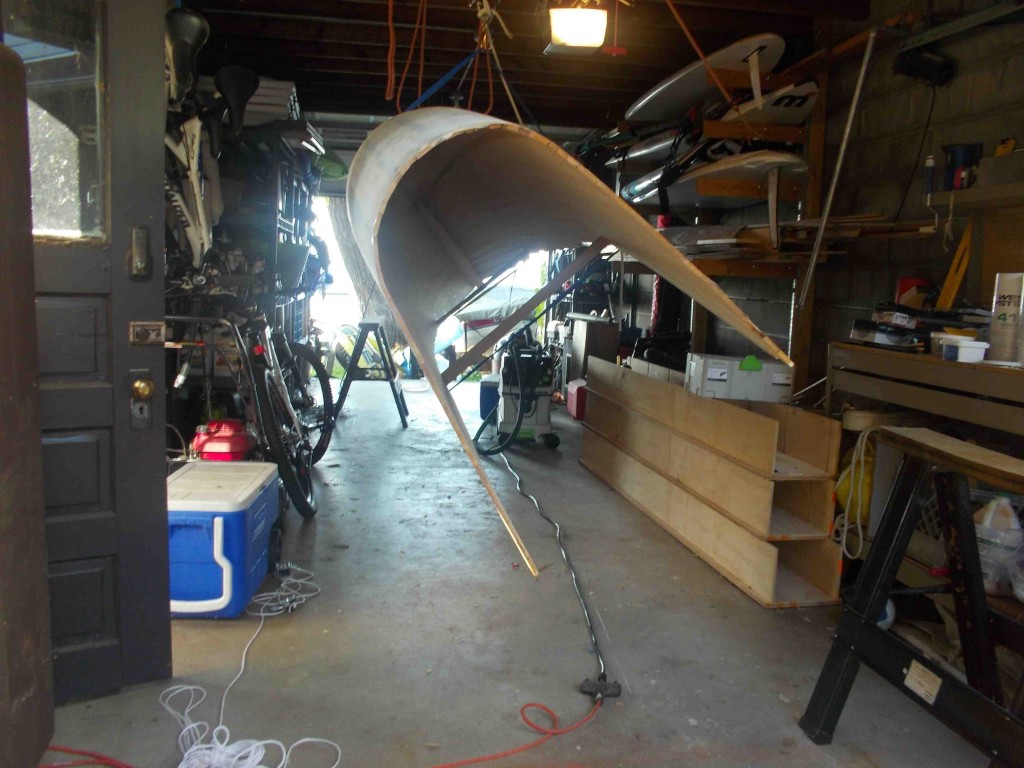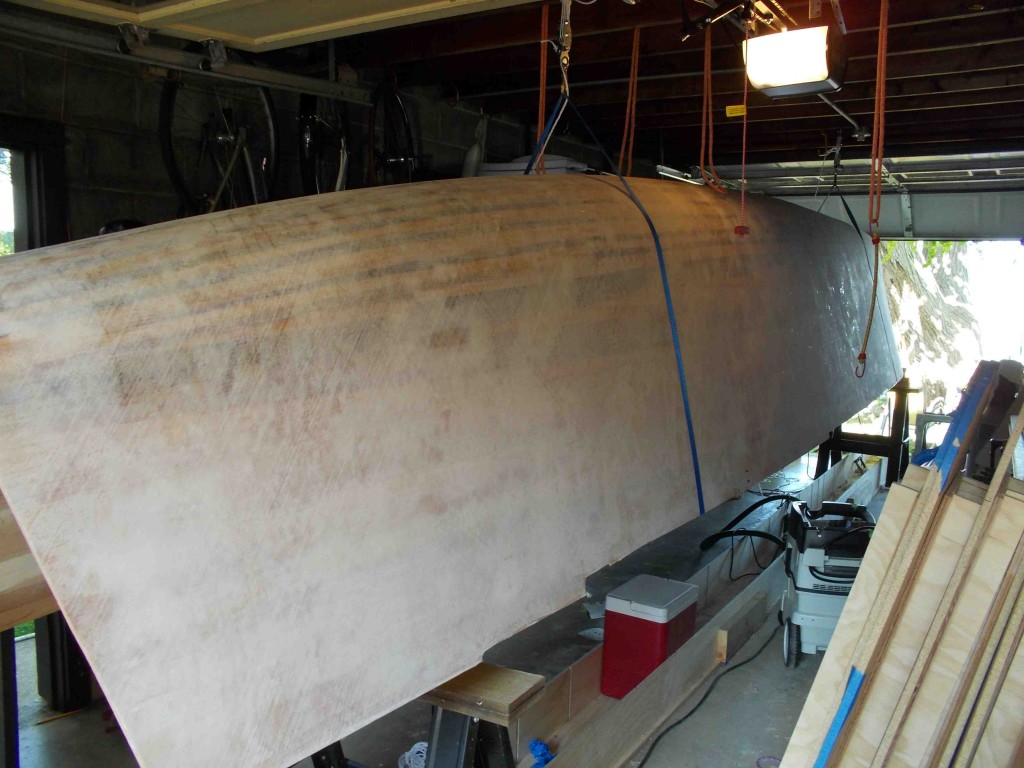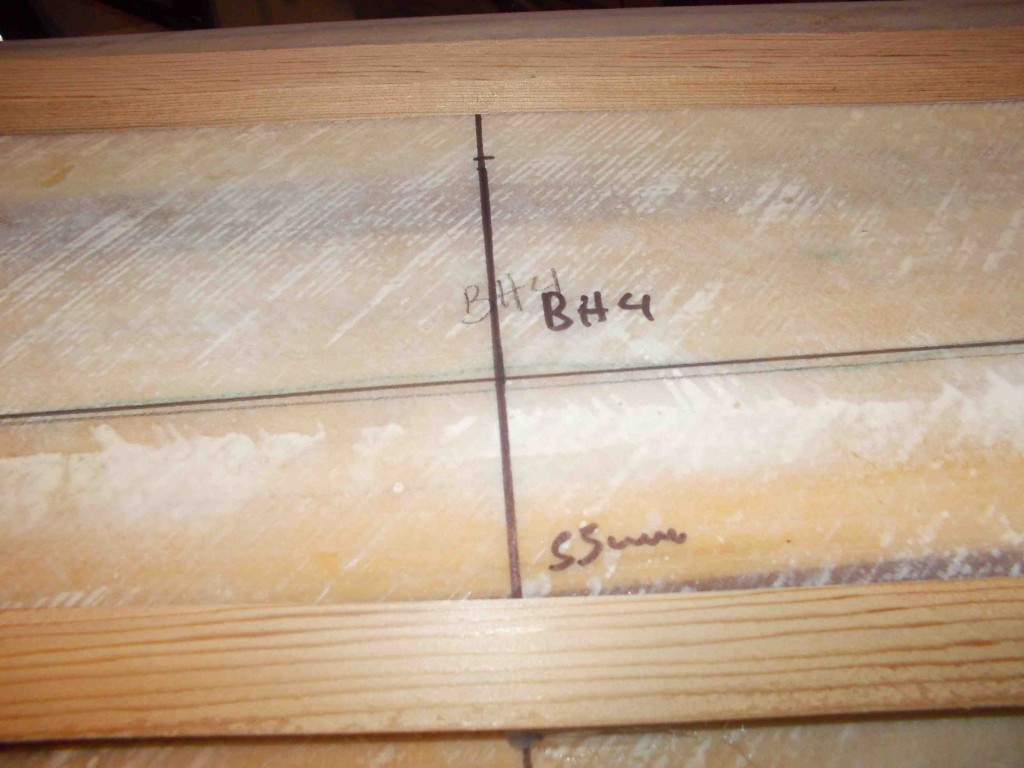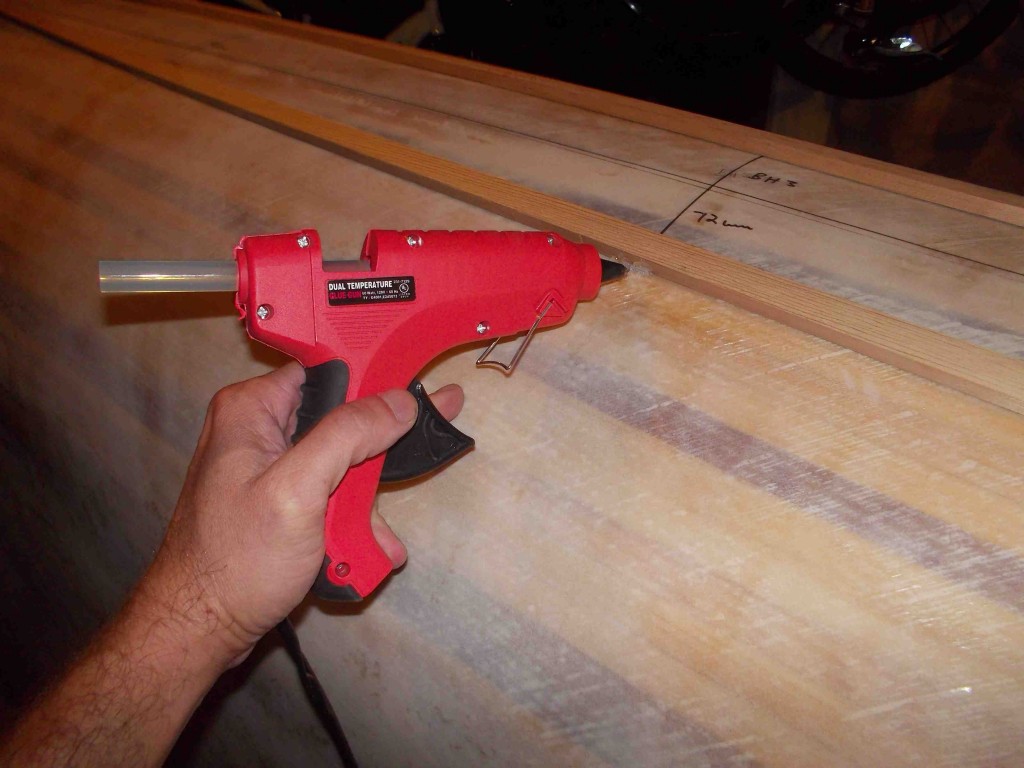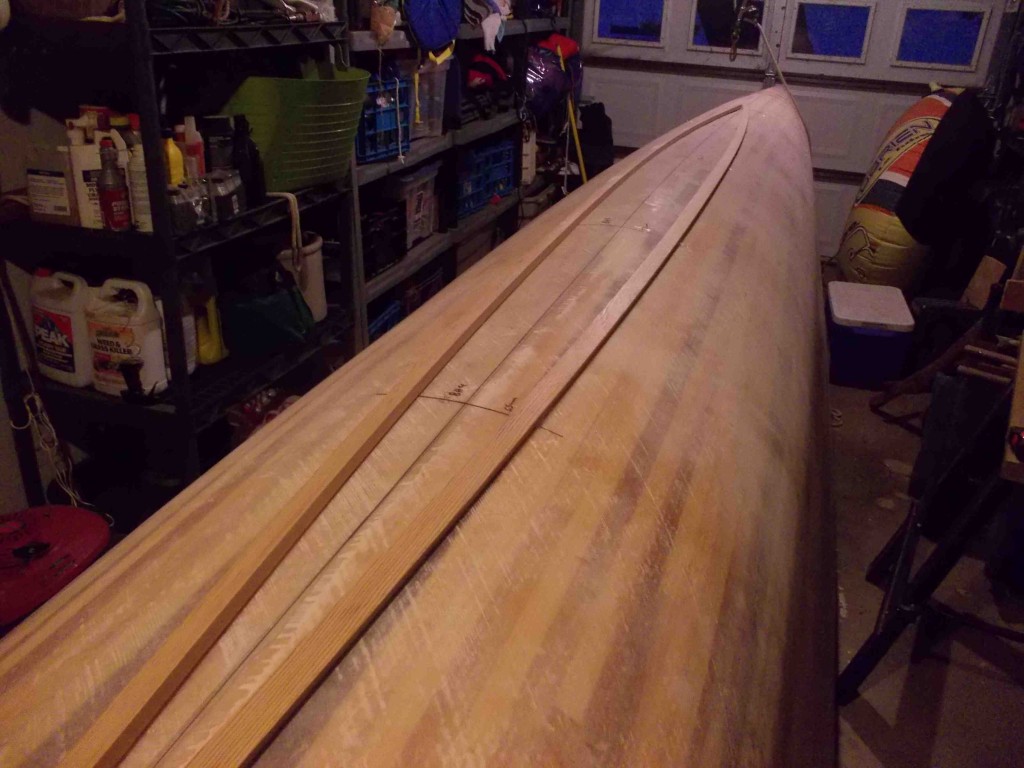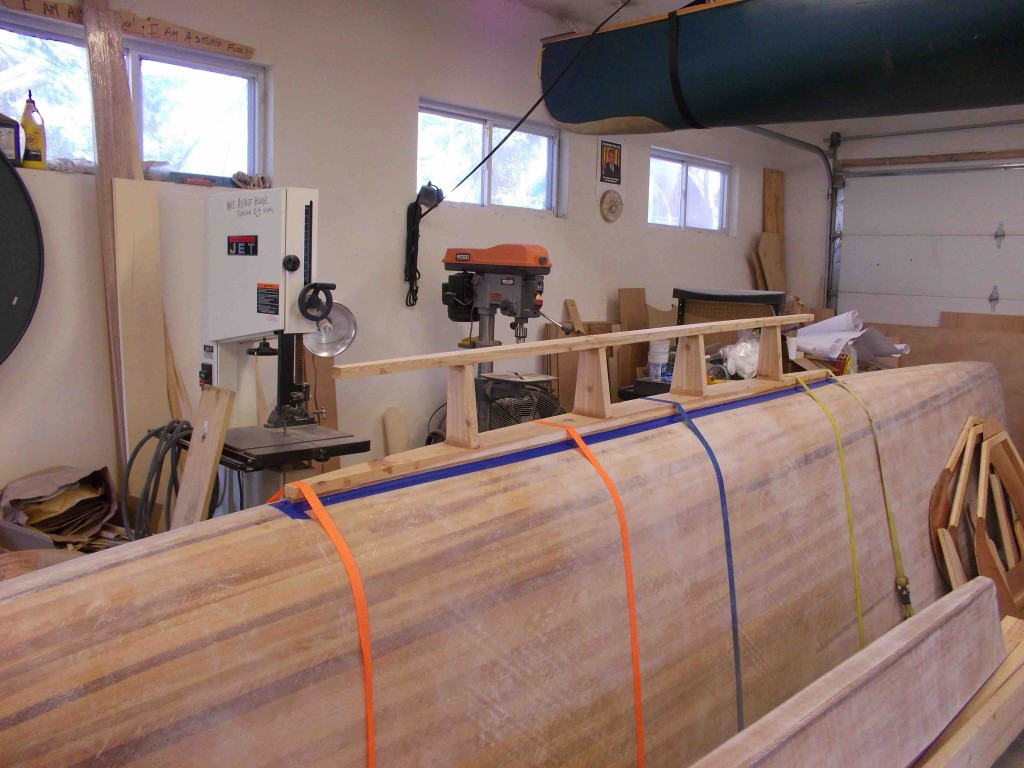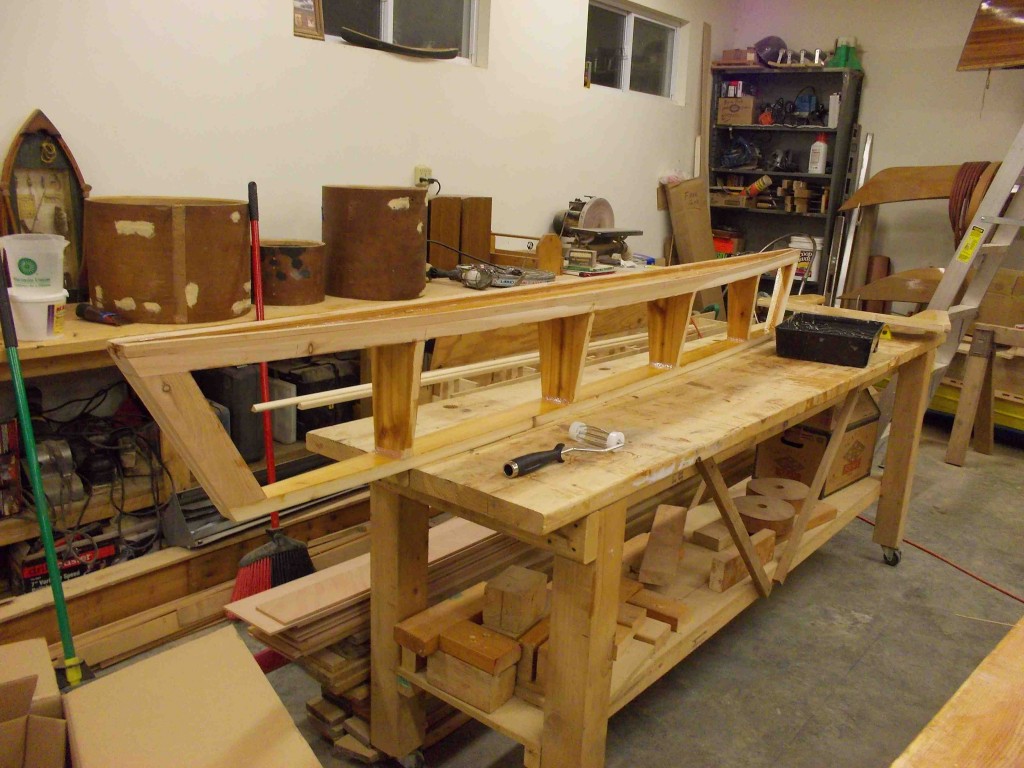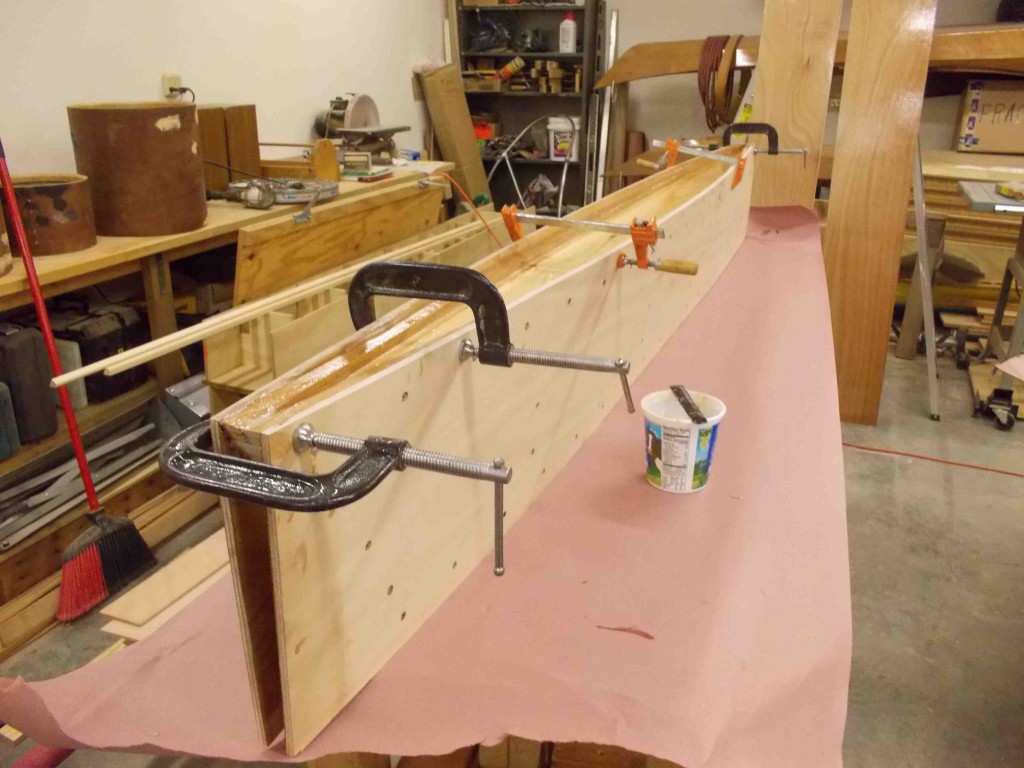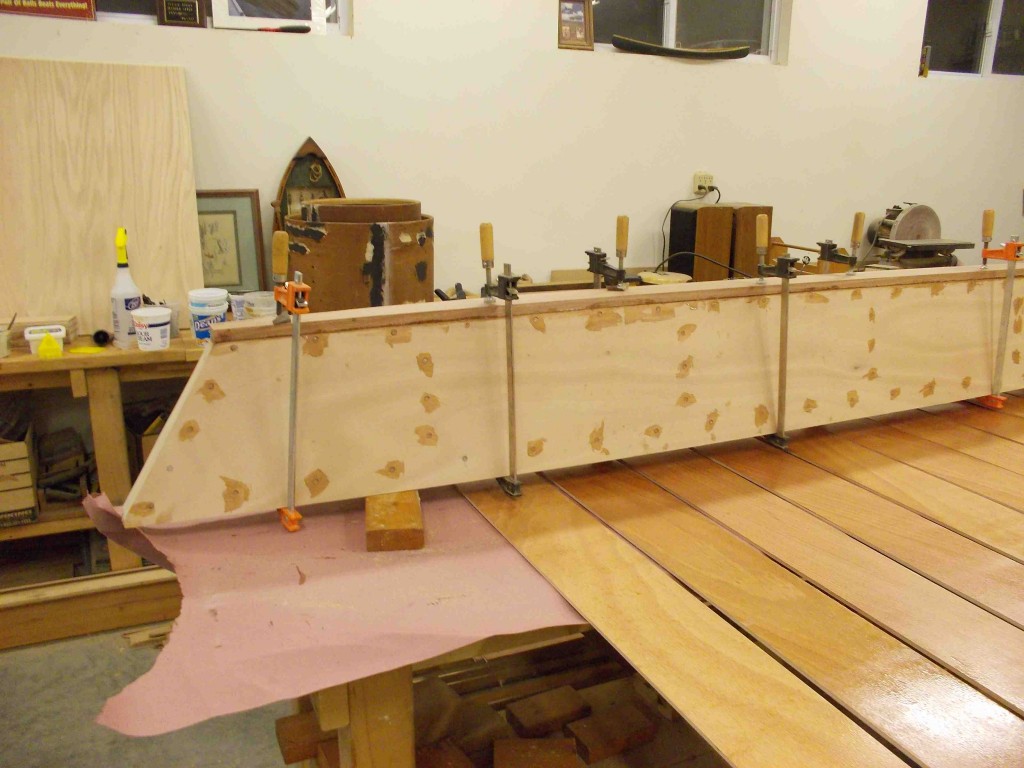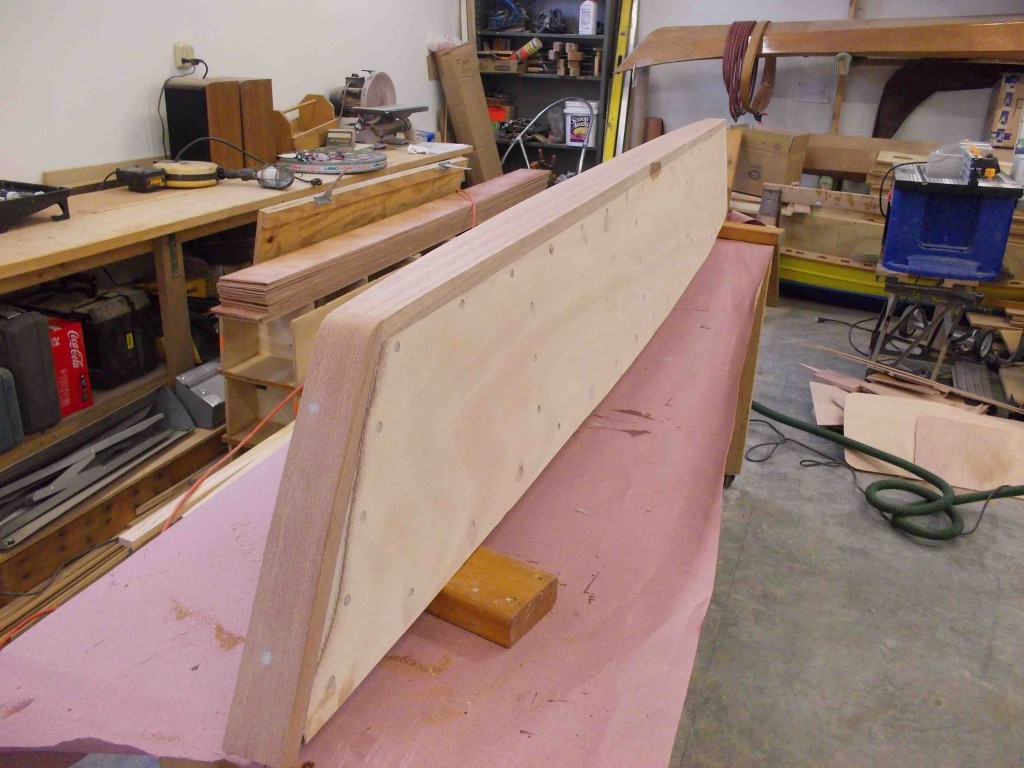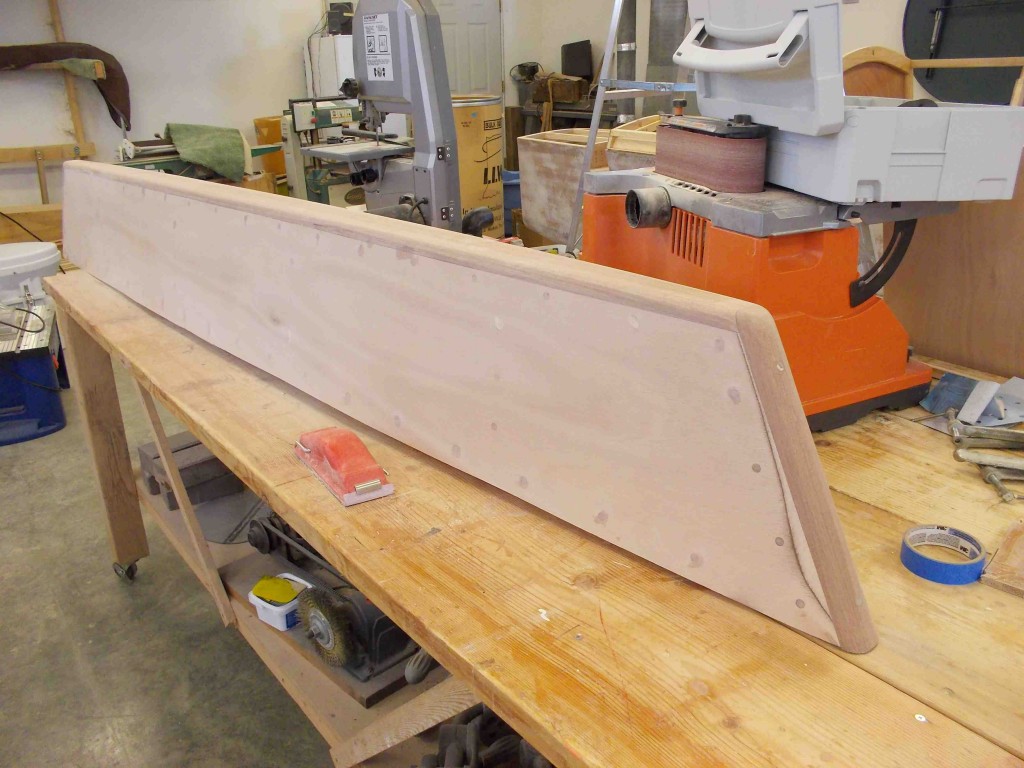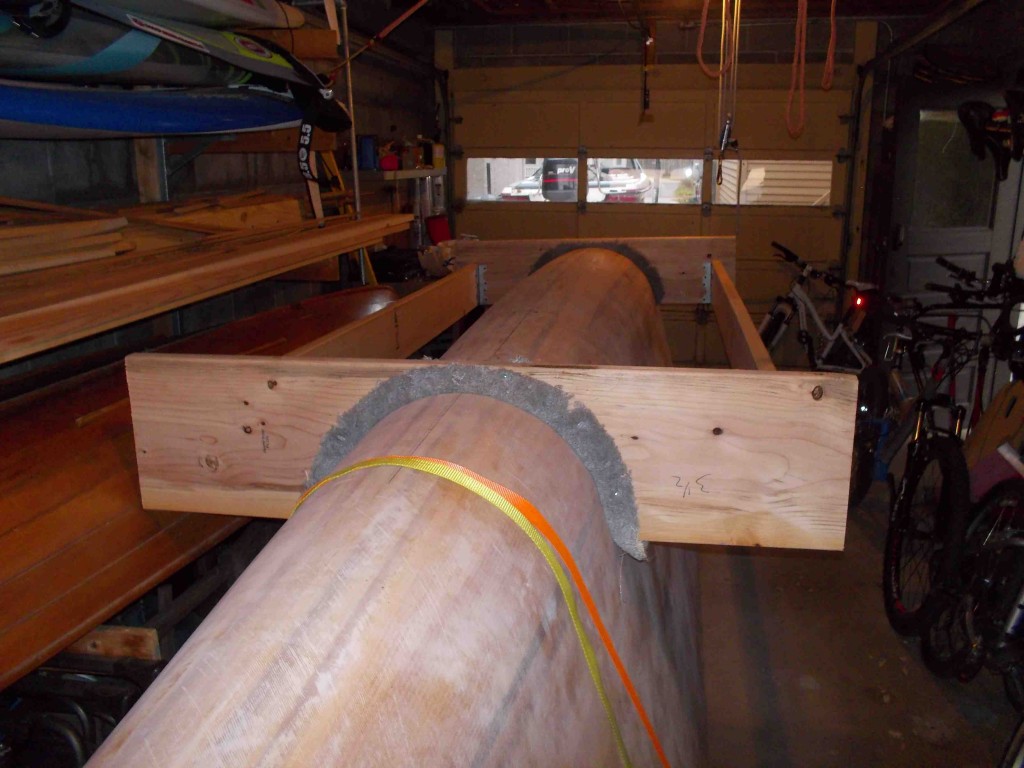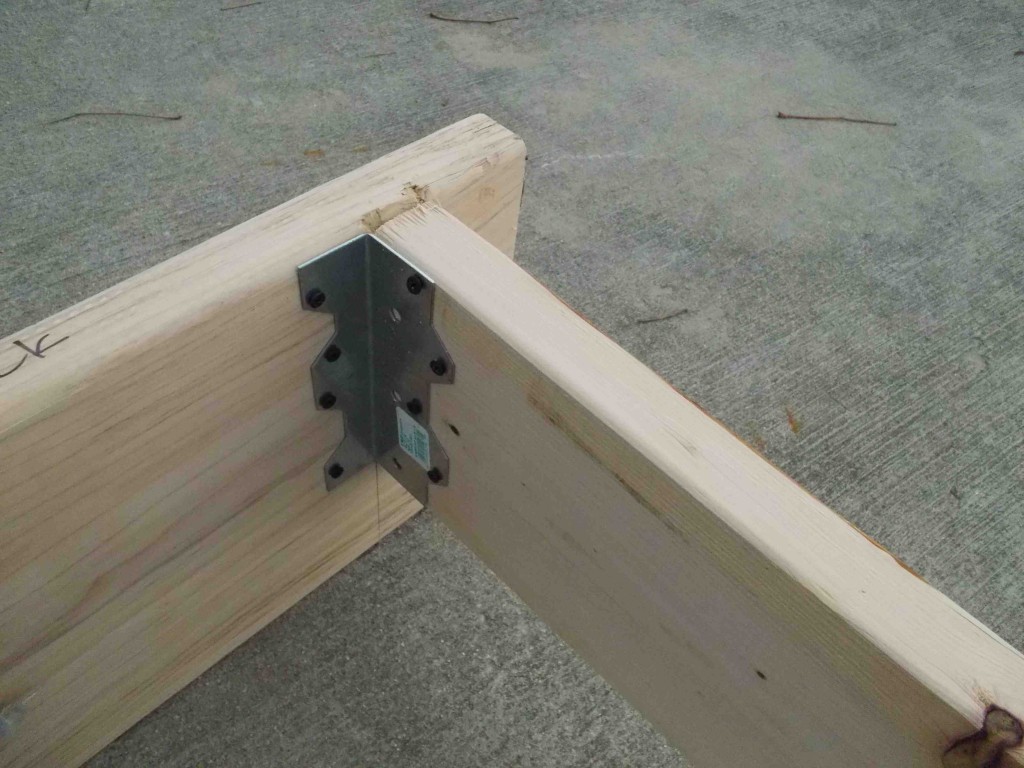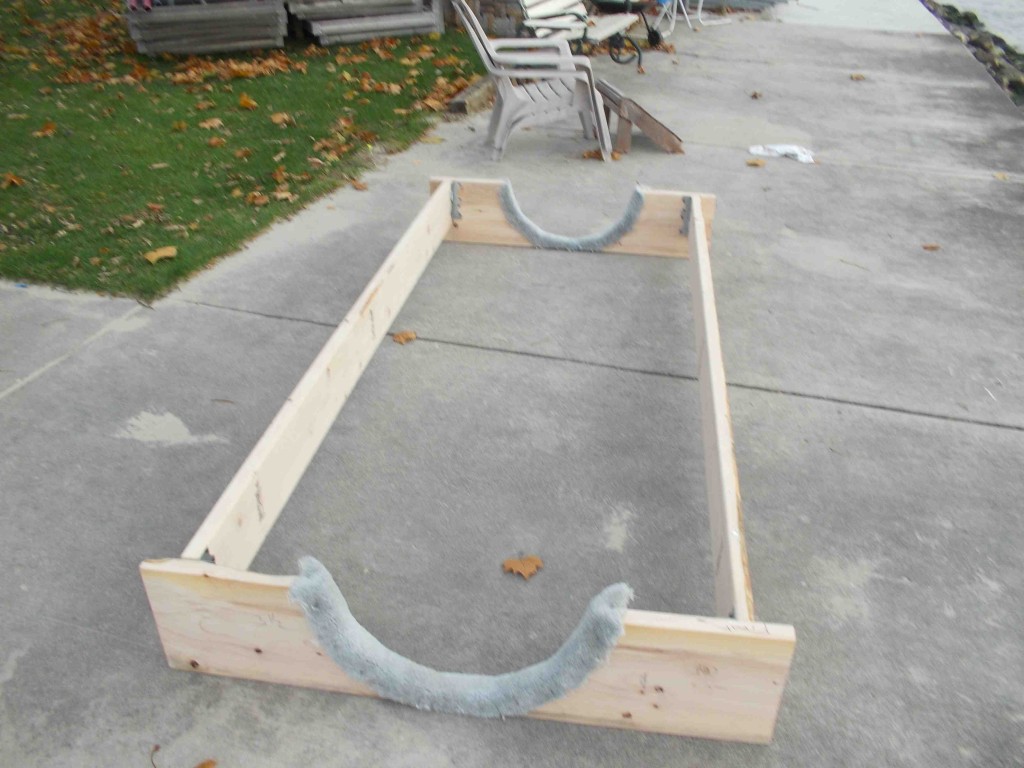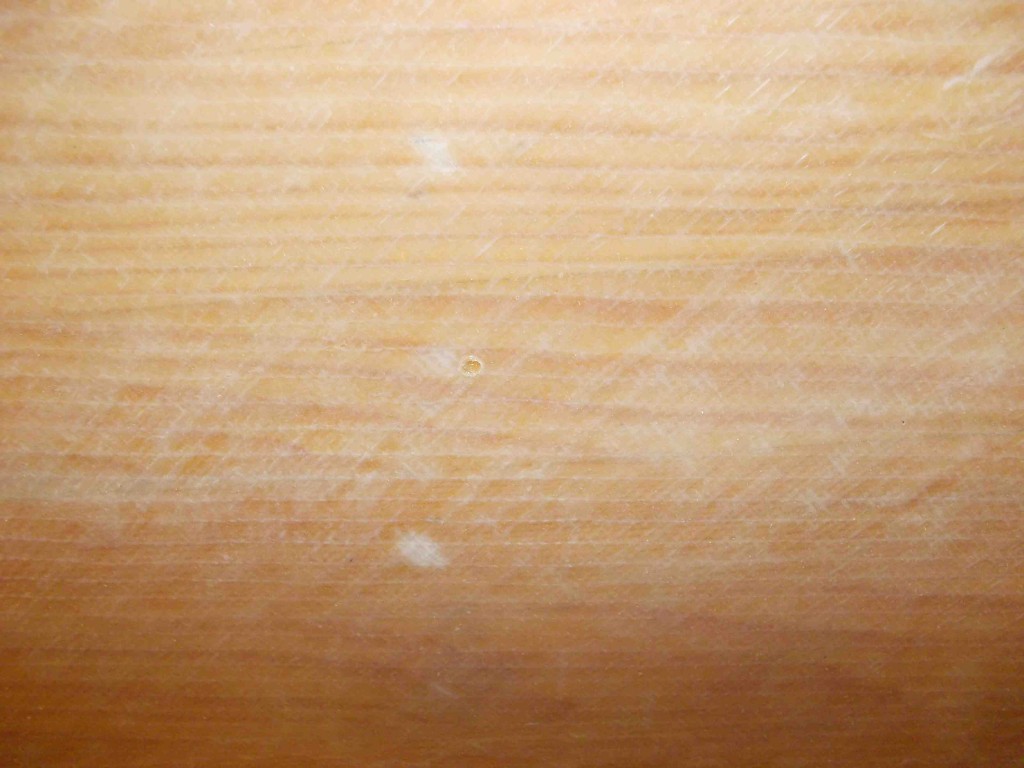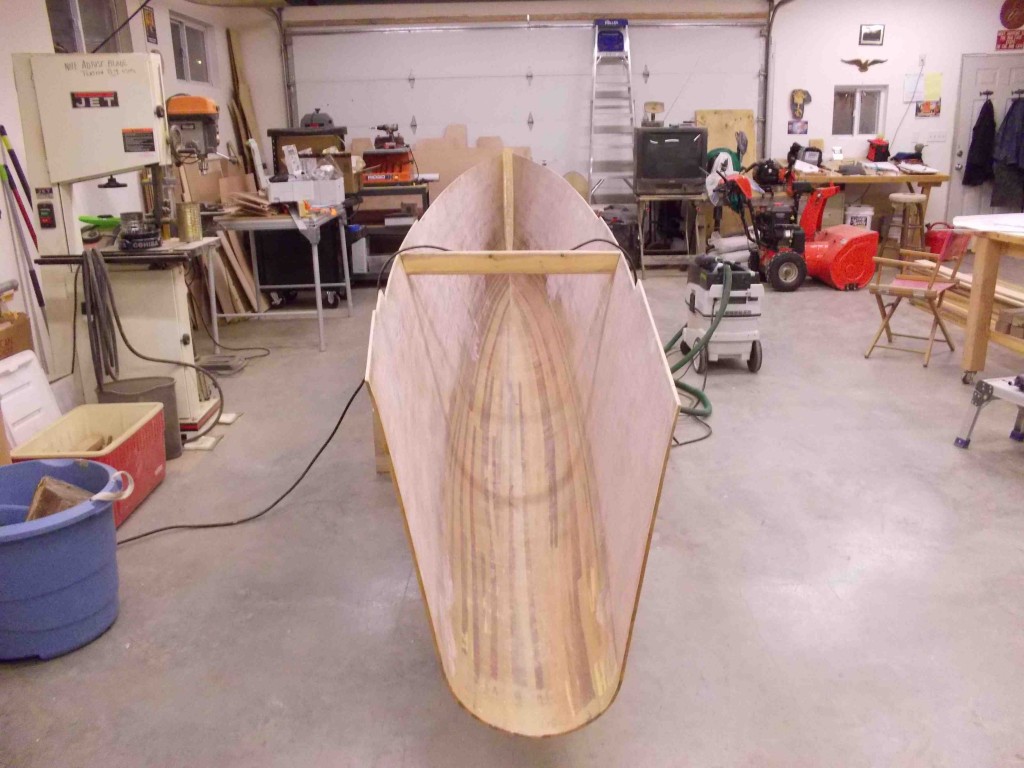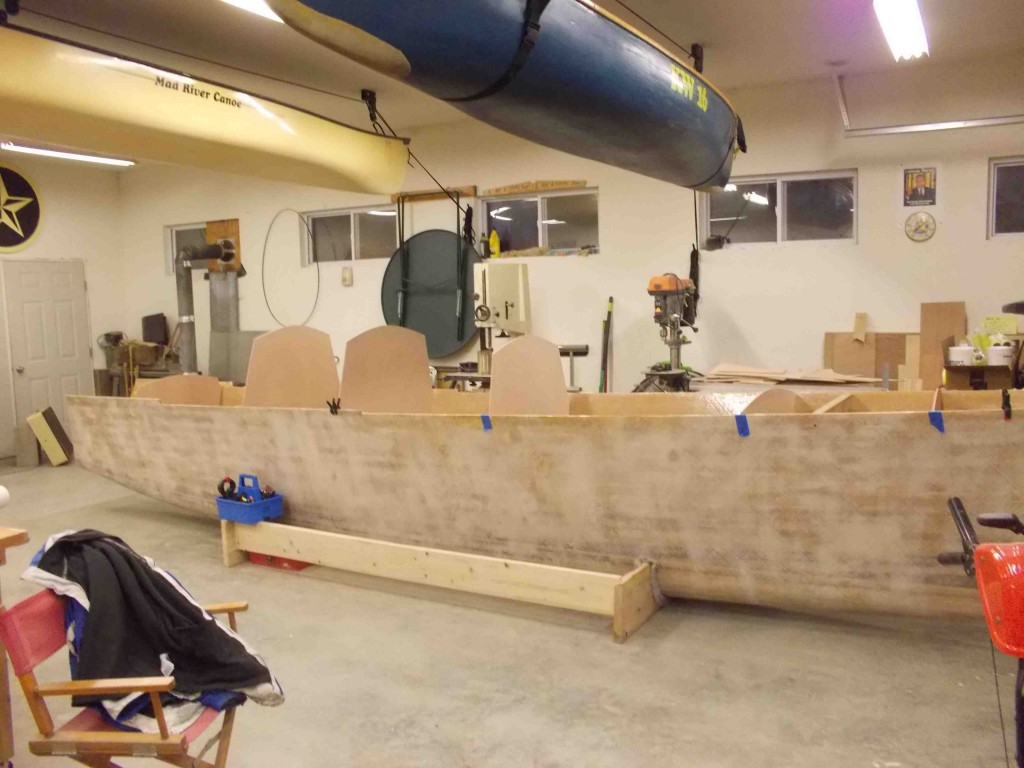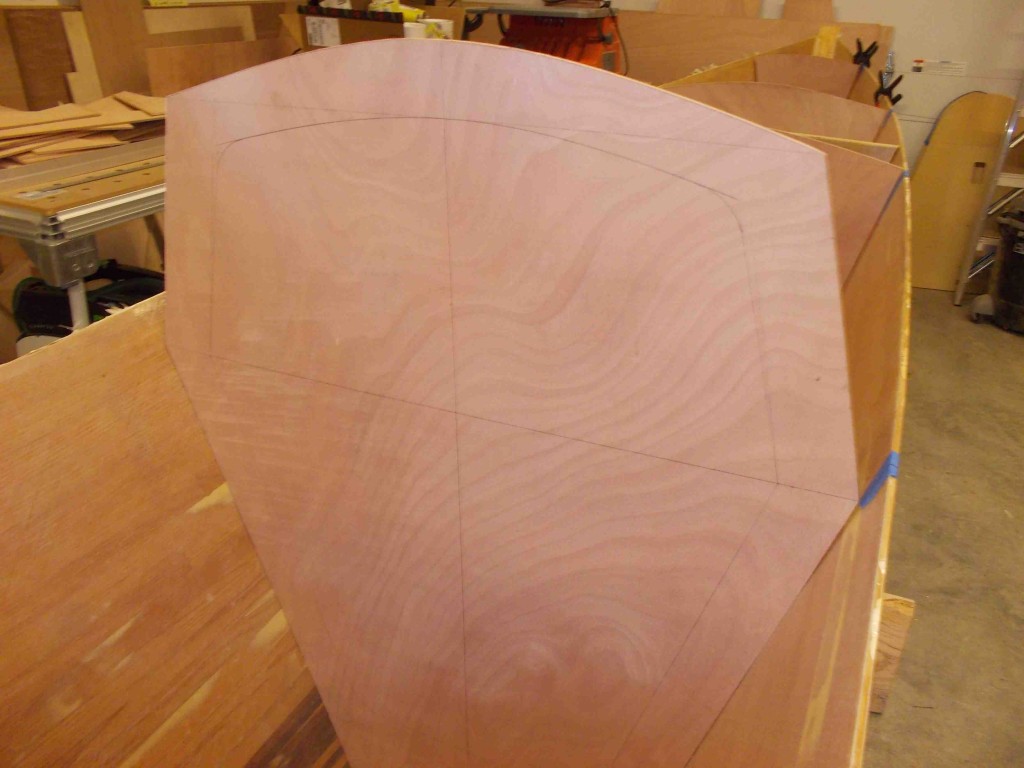Yep, she floats!
It was the end of Spring Break 2014. 45 members of the Hoofers Sailing Club and I had just spent 8 days sailing four 40+ft catamarans from Ft Lauderdale to the Bahamas and back. As any good story goes, we were drinking. The next thing I know my mind was made up in finding a the smallest catamaran that I would feel comfortable cruising the Caribbean. Having extensively sailed a 37 ft Catamaran around the world in 2000-2002 I was already sold on the virtues of catamarans. I was looking for something smaller and with a significant smaller cost of ownership.
A large portion of the sailing cruising industry is devoted to selling what I consider the dream of RV camping on the water. I was looking for something closer to car camping… Something funner and cheaper to drive. A boat with a significantly reduced number systems so that any of my friends could sail her without a manual. A fun boat to sail that could safely make headway in a 20 knot trade wind. As my good friend, sailor and awesome boat builder Paul Exner would say: “The Caribbean is no place for a boat that can’t sail upwind in a 25knot breeze!”
I was very excited when I saw a video of Richard Wood’s epic sailing trip. That pretty much sold me on his design and pretty much gave me the confidence that his design choices and tradeoffs would be in line with my needs. I took a good look at his newer designs but Shadow kept calling my name. Safe for coastal cruising, fun to sail, easy to build, trailerable, and good looking! What else could I ask for?